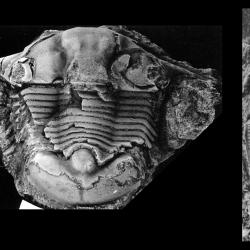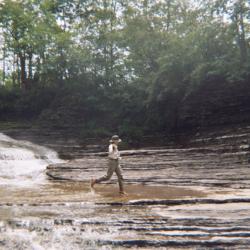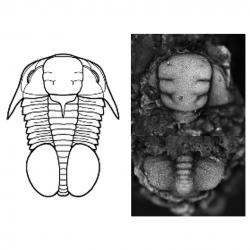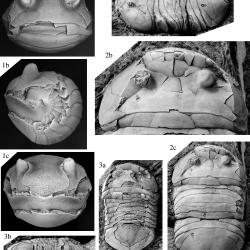Dr. Lisa Amati
B.S., Geology, 1997, University of Wyoming
M.S., Geology, 1999, Kent State University
Ph.D., Geology, 2004, University of Oklahoma
I am an invertebrate paleontologist with a focus on the paleoecology and evolutionary relationships of trilobites. I mainly study the Middle to Late Ordovician trilobites of New York, Ontario, and Quebec but have recently started working on the Upper Cambrian trilobites of the Potsdam Sandstone in New York.
During the Cambrian, trilobites were one of the most diverse and abundant groups of organisms, and they continued to be an important component of marine communities through the Ordovician. As such, I use them as indicators of biotic response to long-term environmental change (see Late Ordovician Faunal Change in the Taconic Foreland Basin and Chazy below). Trilobites, especially in the Cambrian, are also extremely useful chronometers. For example, the oldest Phanerozoic rock unit in New York is the newly discovered and named Altona Formation, which we were able to date as Middle Cambrian based on the trilobites preserved within it (also see Potsdam Sandstone Trilobites below).








